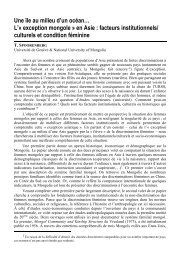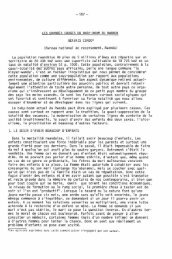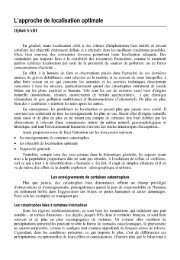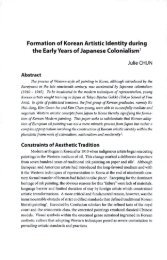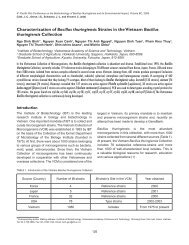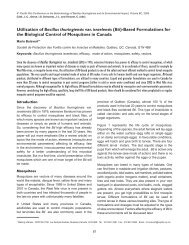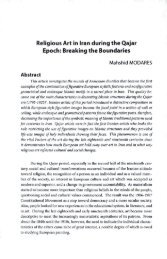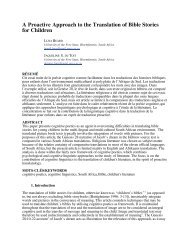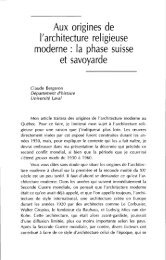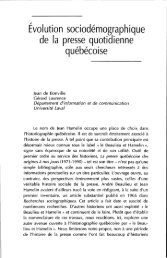PBL as a New Pedagogical Approach for Translator Education
PBL as a New Pedagogical Approach for Translator Education
PBL as a New Pedagogical Approach for Translator Education
You also want an ePaper? Increase the reach of your titles
YUMPU automatically turns print PDFs into web optimized ePapers that Google loves.
novice-expert differences and their application to pedagogical approaches suitable <strong>for</strong> translator<br />
education.<br />
3. Problem-Solving <strong>as</strong> a Core Skill <strong>for</strong> an Expert <strong>Translator</strong><br />
If we <strong>as</strong>sume that the way one deals with a problem is one of the points of departure <strong>for</strong><br />
distinguishing an expert from a novice, it follows that translator education would benefit <strong>for</strong>m the<br />
incorporations of problem-solving in order to bridge gaps between a novice and an expert. Thus,<br />
it is sensible to employ a pedagogical approach <strong>for</strong> novice translators in which solving problems is<br />
the central focus. As Vygotsky (1987) points out, in addition to opportunities <strong>for</strong> problem-solving,<br />
some kind of “guidance” provided by those at a higher level of expertise, including teachers and<br />
more senior peers, is essential in order to enable the evolution of a novice towards an expert.<br />
Problem-B<strong>as</strong>ed Learning (<strong>PBL</strong>) then emerges <strong>as</strong> a potential approach through which such evolution<br />
can be achieved. A discussion of the defining characteristics of <strong>PBL</strong> is also required in order to<br />
consider the applicability of this approach to translator education.<br />
<strong>PBL</strong> w<strong>as</strong> originally developed in the area of medical education in which student practitioners<br />
were seeking to acquire practical knowledge and skills that they would need in clinical practice.<br />
Health-related courses at McM<strong>as</strong>ter University in 1980s (Barrows and Tamblyn, 1980) were some<br />
of the earliest examples of courses in which <strong>PBL</strong> approaches were applied. Since then, this<br />
approach h<strong>as</strong> been introduced in wider range of fields including teacher education programs (So,<br />
Yeung, Lo and Volk, 2001), learning programs on investment (Tang & Mak, 2001), and real estate<br />
studies (Raftrey, Cheung, Chiang, Yeung & Ma, 2001). While <strong>PBL</strong> may have been part of<br />
translator education curricula in the p<strong>as</strong>t, there h<strong>as</strong> been no study at all which takes up the issue of<br />
the appropriateness of <strong>PBL</strong> in this particular educational context.<br />
Existing literature suggests that <strong>PBL</strong>-b<strong>as</strong>ed curricula appear to encomp<strong>as</strong>s four main<br />
characteristics in common. First of all, learners are faced with a “problem” <strong>as</strong> Barrows and



